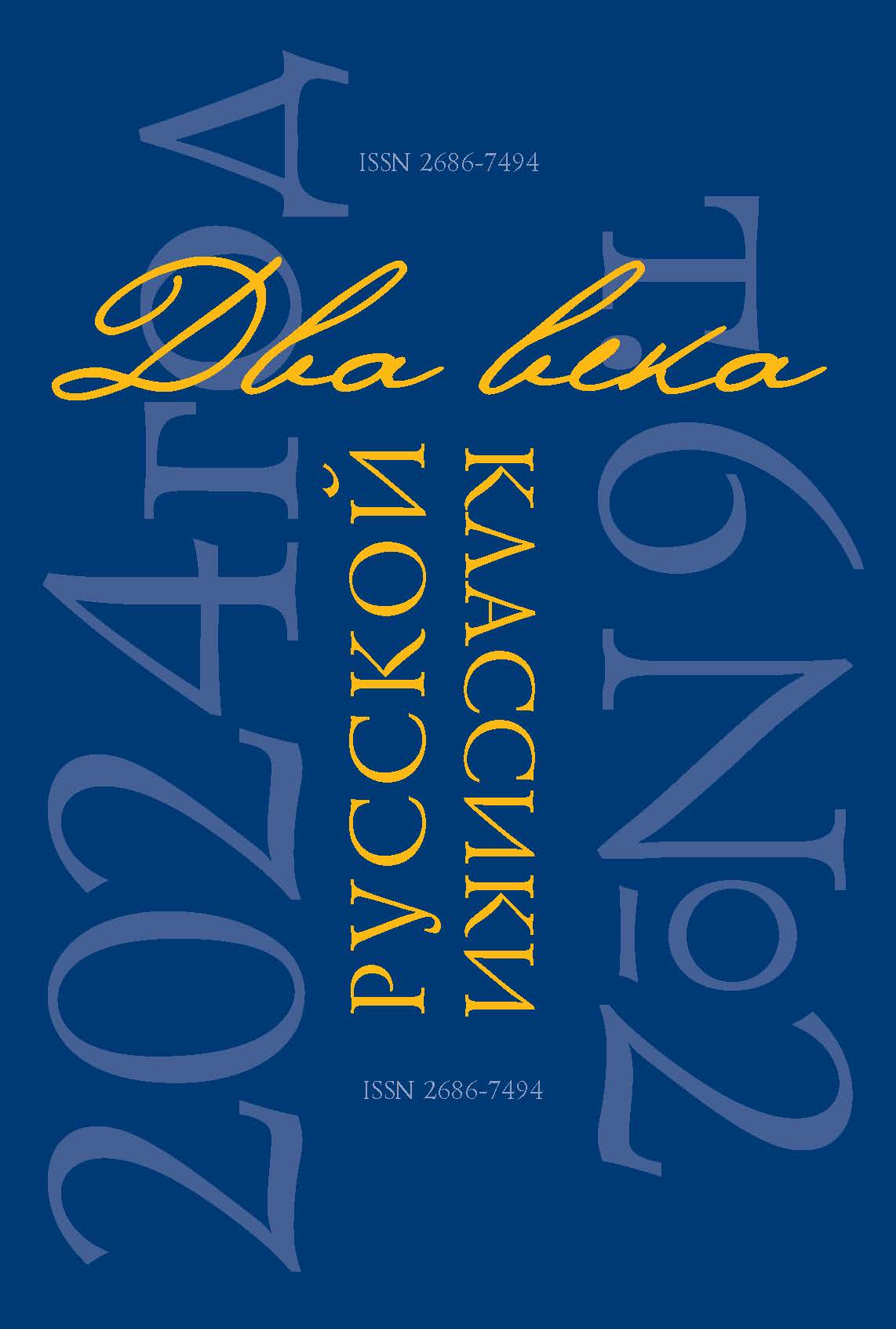Acknowledgments:
The reported study was funded by Russian Foundation for Basic Research (RFBR), project number 20-012-00102.
Abstract:
The article is devoted to the study of a unique literary phenomenon: the transformation of the subjective anti-state aspirations of the artist into images glorifying the Russian Empire in the work of Leo Tolstoy. The originality of Tolstoy’s poetic principles is largely determined by the unity of his personal religious faith and creative method, psychological in nature. The Russian Empire is considered by the author of the article as the highest expression of the ideals of the Third Rome, opposite to Tolstoy’s, which received their formalization in the organizing formula of S. S. Uvarov “Orthodoxy – Autocracy – Nationality.” It is proved that imperial insights and revolutionary paradoxes in the creative world of Tolstoy form an indissoluble unity, where paradox is always a necessary condition for insight, its tool, its driving force. On the material of the Sevastopol stories, the epic novel “War and Peace”, the novel “Anna Karenina” it is shown how the subjective epic nature of the writer’s works in contact with the material of Russian reality “grows” with objective meanings, acquiring the features of a truly national, imperial epic. Simultaneously with the research article, it is methodological in nature; the principles of a strictly authentic interpretation of Leo Tolstoy’s heritage as a whole are formed in the work.
References
Bolotin, L. E. “Pravoslavie — Samoderzhavie — Narodnost’” i lozungi Velikoi Otechestvennoi voiny 1941–1945 godov [“Orthodoxy — Autocracy — Nationality” and the Slogans of the Great Patriotic War of 1941–1945], part 2. Available at: https://ruskline.ru/analitika/2021/06/25/pravoslavie__samoderzhavie__narodnost_i_lozungi_velikoi_otechestvennoi_voiny_19411945_godov_ (Accessed 21 January 2022). (In Russ.)
Gulin, A. V. “Na Poklonnoi gore (Moskva i Napoleon v romane L. N. Tolstogo ‘Voina i mir’)” [“On Poklonnaya Hill (Moscow and Napoleon in Leo Tolstoy’s Novel ‘War and Peace’)”]. Literatura v shkole, no. 9, 2002, pp. 7–12. (In Russ.)
Esaulov, I. A. Kategoriia sobornosti v russkoi literature. [The Category of Conciliarity in Russian Literature]. Petrozavodsk, Petrozavodsk University Press, 1995. 287 p. (In Russ.)
Nepomniashchii, V. S. “Fenomen Pushkina i istoricheskii zhrebii Rossii: K probleme tselostnoi kontseptsii russkoi kul’tury” [“The Phenomenon of Pushkin and the Historical Lot of Russia: On the Integral Concept of Russian Culture”]. Moskovskii pushkinist: Ezhegodnyi sbornik [Moscow Pushkinist: An Annual], issue 3. Moscow, Nasledie Publ., 1996, pp. 6–61. (In Russ.)
Sinitsina, N. V. Tretii Rim. Istoki i evoliutsiia russkoi srednevekovoi kontseptsii XV–XVI vekov [The Third Rome. Origins and Evolution of the Russian Medieval Concept of the 15–16 centuries]. Moscow, Indrik Publ., 1998. 415 p. (In Russ.)









